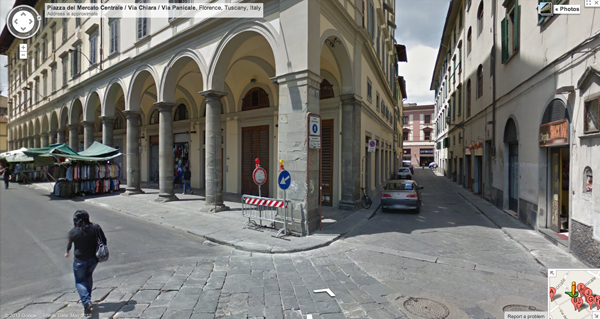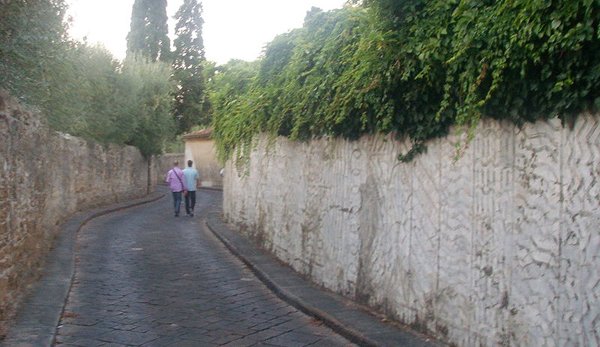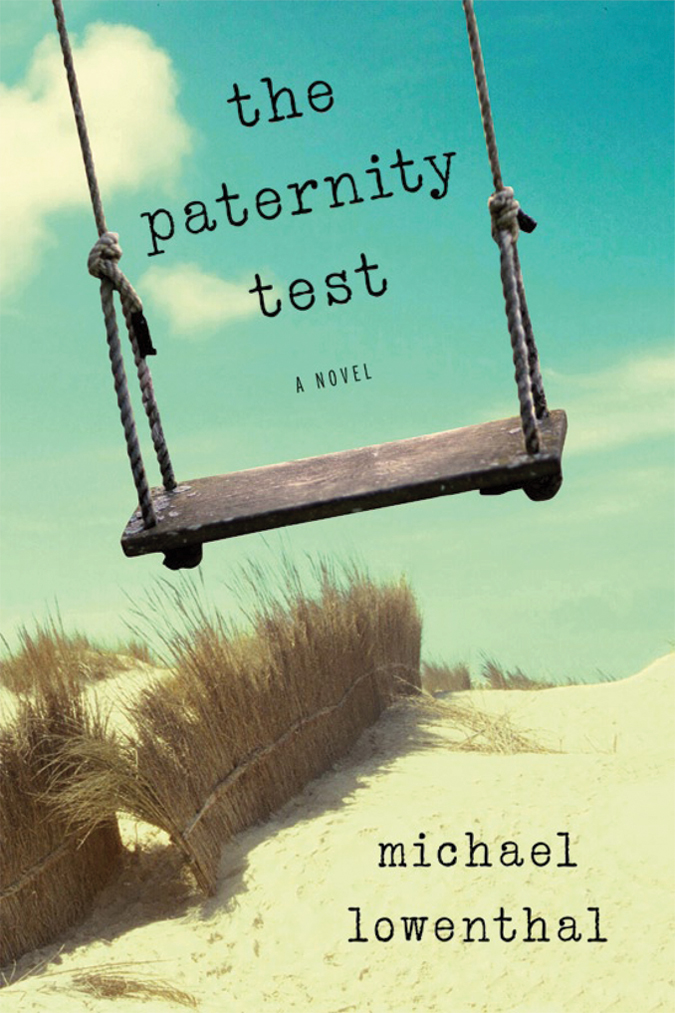A Map of Florence
I stand in the middle of a Plaza. A market is in front of me. To my left, down a narrow street, is a small restaurant, Mario’s, which serves lunch until it runs out of the day’s specials. If I walk to my right, I can make my way through two long rows of stands, selling everything from five-euro pashmina scarves to knock-off Serie A jerseys. “Luca Toni! Buffon!” I hear a merchant shout.
To my right is another narrow street, with a small restaurant in the middle of the block that serves the best sandwich I’ve ever had, a freshly-baked ciabatta, and a counter flowing with any and all toppings you could ever desire on a loaf of bread. After instructing the baker what you want on the bread, he sticks it for a few minutes into an ancient pizza oven behind him. Perfection.
I should say “served,” really, as the restaurant closed years ago and, for the life of me, I can’t remember its name nor the exact street. During my time in Florence, my roommates and I only referred to it as the “sandwich place.” I can describe its owner, though–tall, slim, tan, stylish, but what Italian isn’t–but I have no recollection of his name. I can remember the baker, always in his whites, portly, with a hearty laugh, who loved to poke fun at my Italian. For weeks, I thought one of the meat choices was rat.
In my last post, I discussed using Google Maps for inspiration. However, when writing a story a few months ago about my time in Florence, I also used the mapping service to fill in some gaps, the route I may have taken, the stores I would pass, the bridges I crossed. Is this cheating?
In a way, yes. It also proved some of my memories were wrong. I swear the Arno was around the corner from my apartment, but when looking at the map it would have been at least a ten minute walk through Florence’s ancient, winding streets. When someone writes about a real place, a reader expects the details to be true. Do we turn our back on how our mind recollects for the sake of fact?

I found the “sandwich shop” the second week in Florence, on my daily outings to explore my new city, the first time I was absolutely alone outside the U.S. The weight of foreign coins in my pocket. The echoes of incomprehensible words, sentences, phrases. The owner sat outside on a bucket, legs crossed, smoking a cigarette. He waved me in, clearly aware that I was one of the many American students trying to find his or her way.
”American?” he asked.
”Yes.”
He guides me into the restaurant. “You’ll like.”
I walked in, and in broken Italian, ordered a sandwich with crumbled beef and gouda cheese. I sat down, wide-eyed, a couple locals eating in silence behind me. The baker hummed some Italian standard. I heard the owner outside joyfully yelling at a friend across the street. I’ll never forget it.
When I searched for the sandwich place on Google Maps, though, I came up with nothing. None of my friends remember its name; “sandwich shop Florence” and “best sandwich in Florence” are too broad of searches for a search engine. Anytime I tried Street View I’d get disoriented, like a tourist in a foreign country without a map, as dozens of people pass me by in every direction.
However, this doesn’t mean the place never existed. I can, at a moment’s notice, viscerally recall the restaurant’s interiors. Decades of photographs on the wall. Two booths, a few chairs in front of a raised table. The burst of heat when I walked in the door, the faint “ciao!” as I walked out. To paraphrase Thomas Hobbes, thinking is nothing but searching, trying to remember where it starts. When you lose something, you retrace your steps to when you last had it.
I don’t remember the exact route I took that day that led me to the restaurant. I never will. But I can always imagine.



